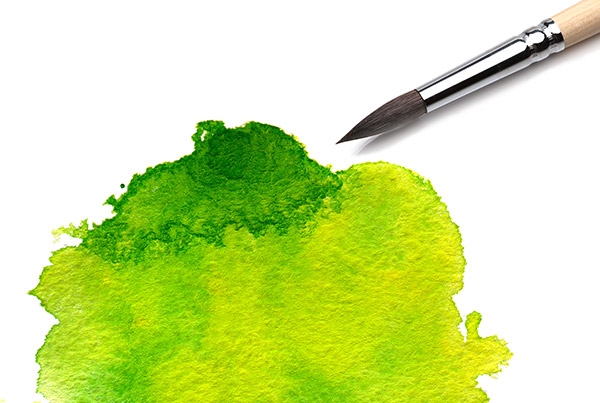water colour technics
5 Pro Tips for the Beginning Watercolor Painter
How to paint with watercolorsclick for more information
In the past, we’ve taught you and now its time for the budding watercolor painters out there! Painting with Watercolors, while typically thought of as light and fun, they can also be a bit harder to control and have a bad reputation for being unforgivable with mistakes. Painting with watercolors might seem daunting to work with, with these five easy watercolor tips and tricks for beginners, we will show you how to improve your artwork and give your paintings professional quality watercolor effects!

1. Paint Backwards
Now I don’t mean literally paint backwards, but this is a bit different. In most forms of painting, the artist paints with their dark colors first and then works lighter, however in watercolors, it’s the other way around. When working with watercolor paints, you want to begin with the lighter colors and then work towards the darker ones. We do this because in watercolors, Â the white comes from the paper, not the paints. So due to the transparency of the paints, your light colors wont “pop” when painted over darker colors.
2. Don’t Add Too Much Water
Even after you’ve added water to your watercolor paper, a common mistake made by many beginning artists is that they tend to add extra water to their paintings by not properly drying their brushes after washing them. This will make your paints spread more than you’d like them to and can create muddy areas. To avoid adding extra water, make sure you dab your washed brush on a dry cloth or paper towel before putting it back into the paint.
3. Make Sure Your Watercolor Paper Wont Buckle
While many different types of paper qualify as watercolor paper, choosing the correct watercolor paper for your project is important. The differences in paper are important and and determine how your work will turn out. For example, the difference in shades of white might affect the brilliance of your colors. One important factor to note is how thick your paper is. If you like to use more paint, you might want to use thicker paper so the paper doesn’t buckle. Using something close to 140 lb Cold Press Watercolor Paper will work well for most beginners and has an interesting texture for your artwork.
4. Paint With the Side Of Your Brush
Watercolor paper is abrasive and can ruin your brush if you paint with the tip too often. You will preserve your brushes longer by painting with the sides of your brush.
5. Mix More Paint Than You Plan To Use
A lot of watercolor painting is planning and preparing. It is always a good idea to mix colors in greater quantities than you think you might need. This way, if you run out of your mixed paint in the middle of painting, you wont have to start over. If you’re properly prepared, you wont have to try and mix the colors again drying out your paints. Therefore, always mix more than you think you might need so that you’ll have enough to finish your painting!
Although these may seem like simple tips, they can save your painting! To find out more about watercolor painting products check out JerrysArtarama.com.
Comments
Post a Comment